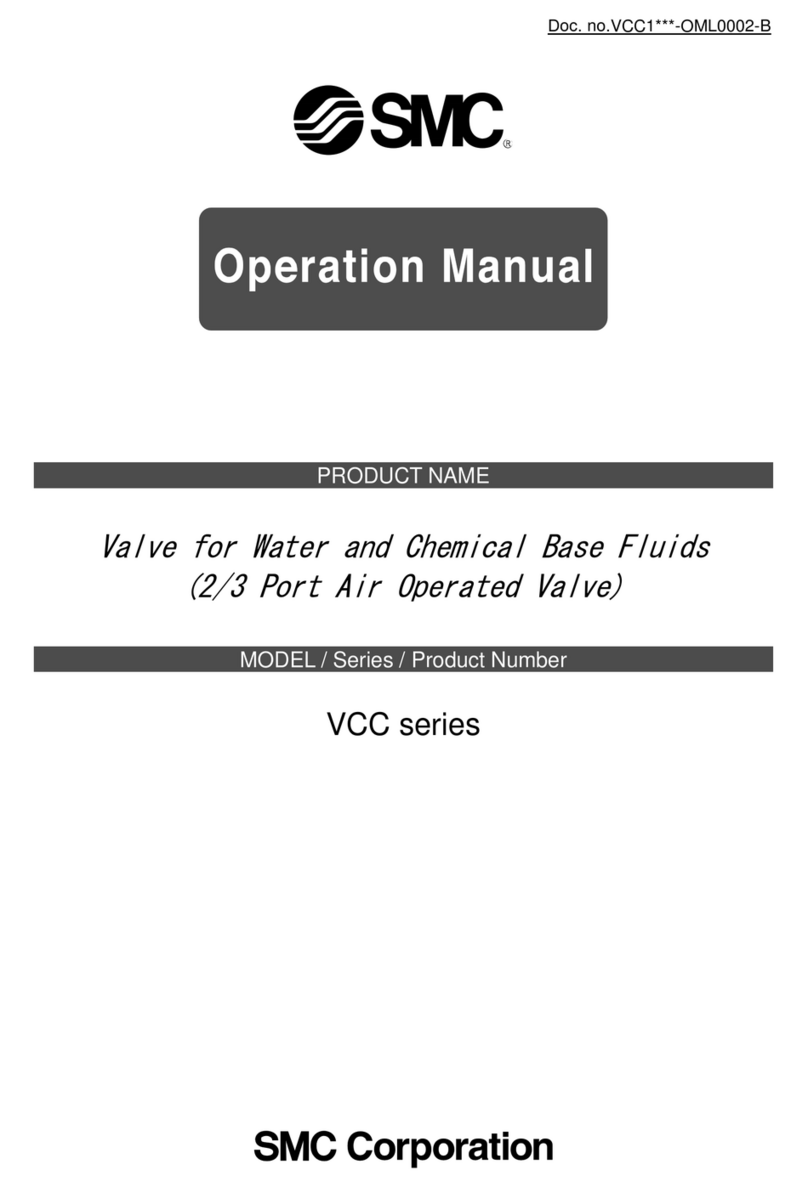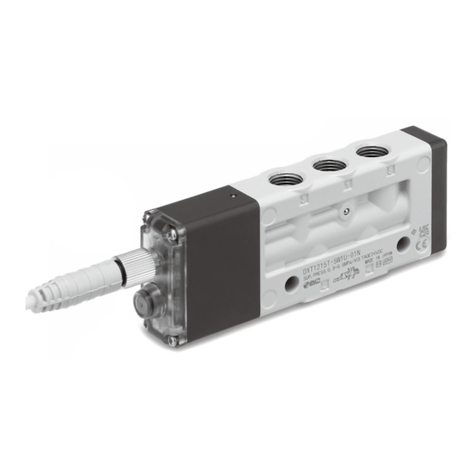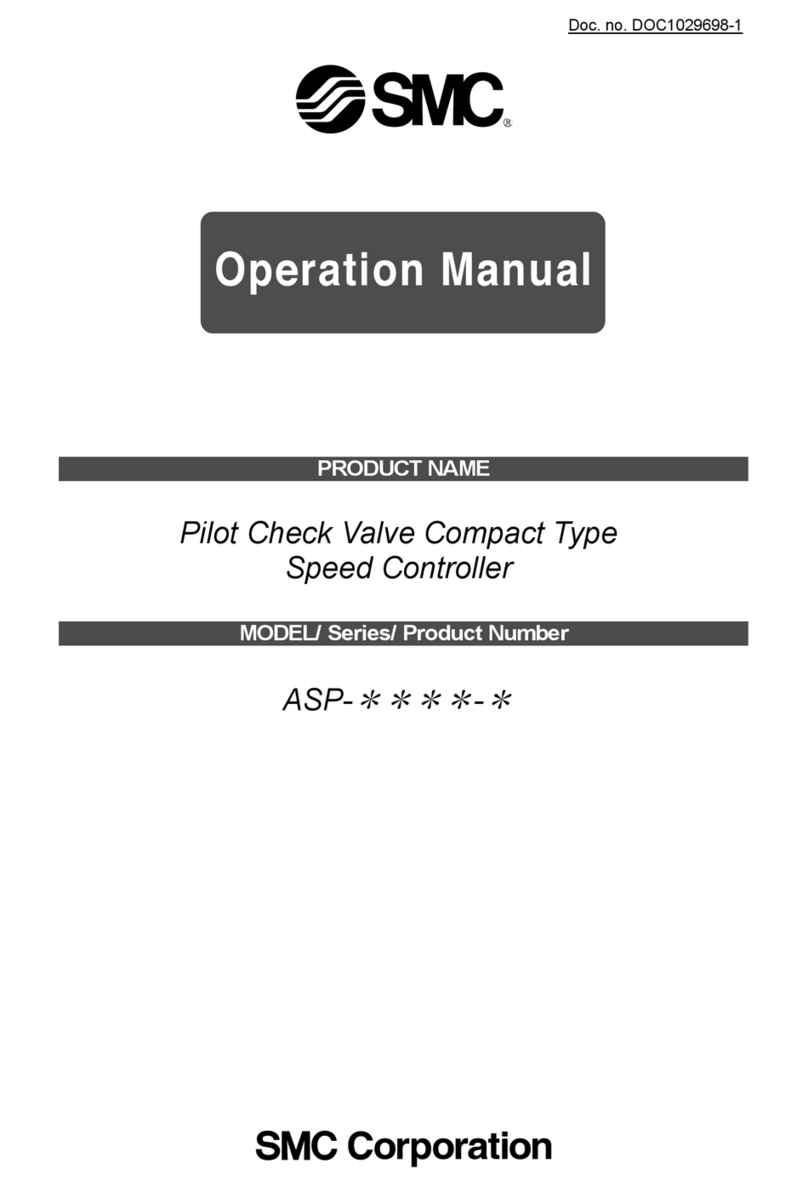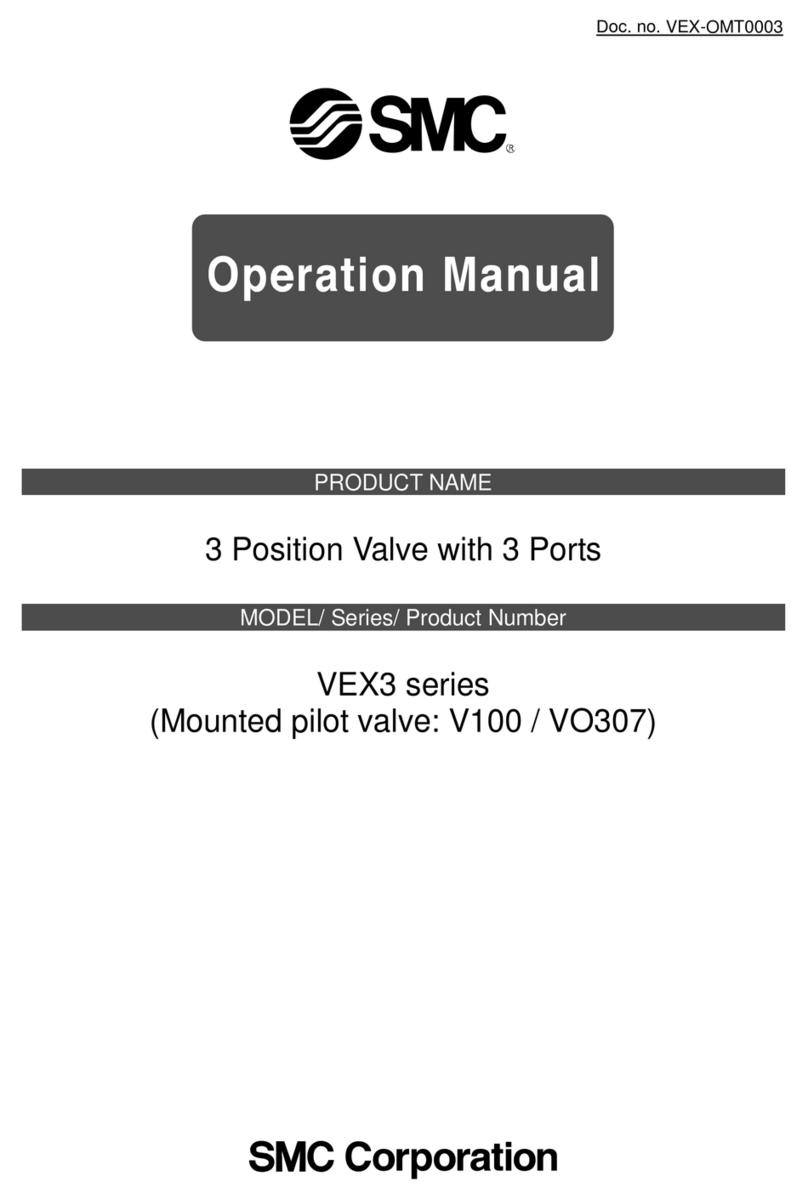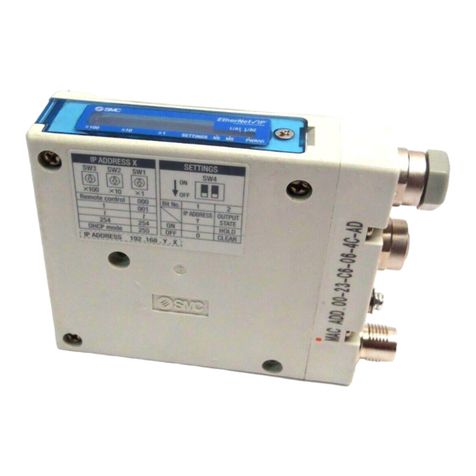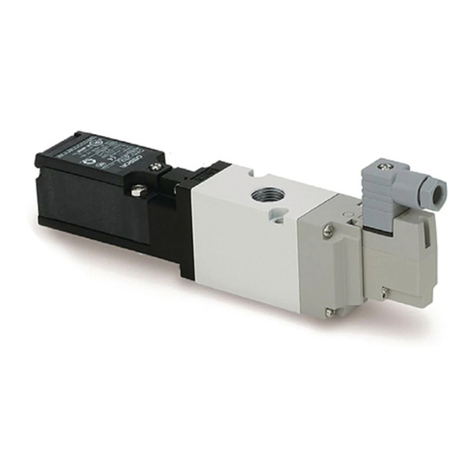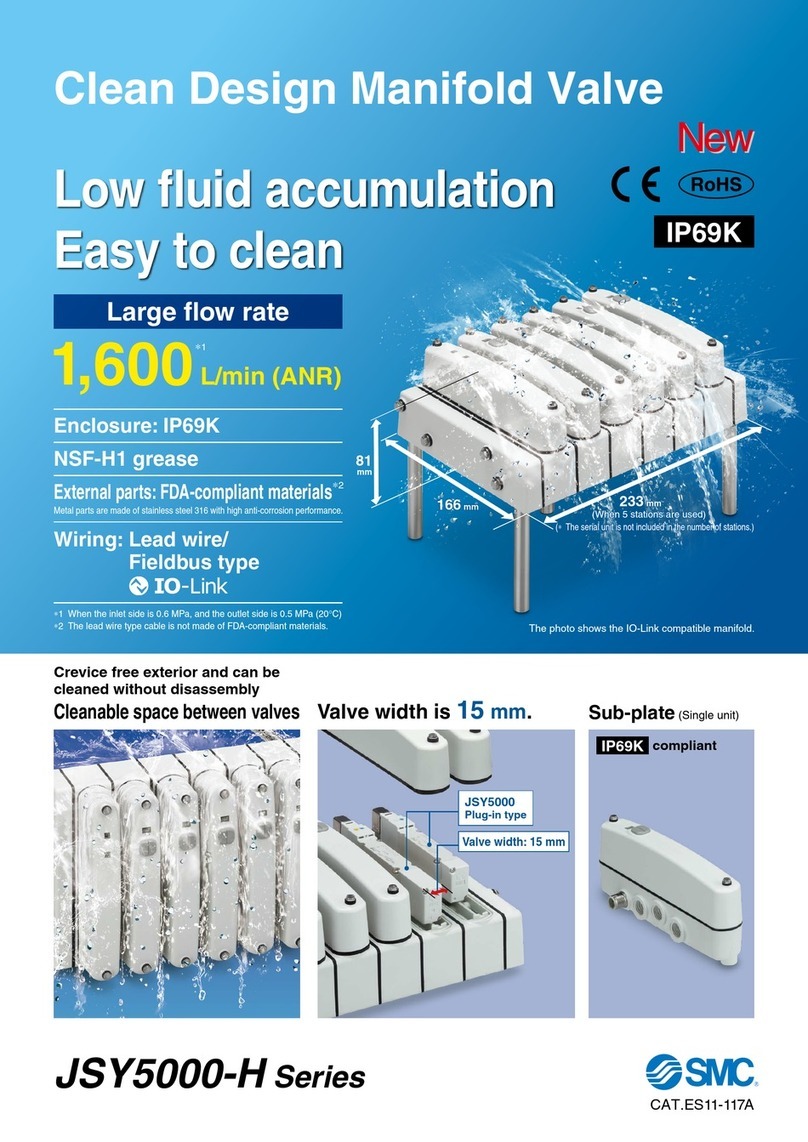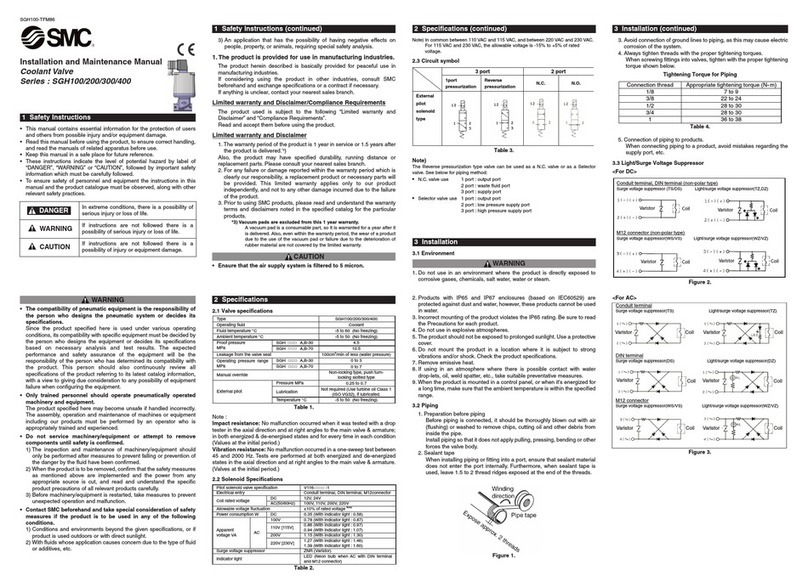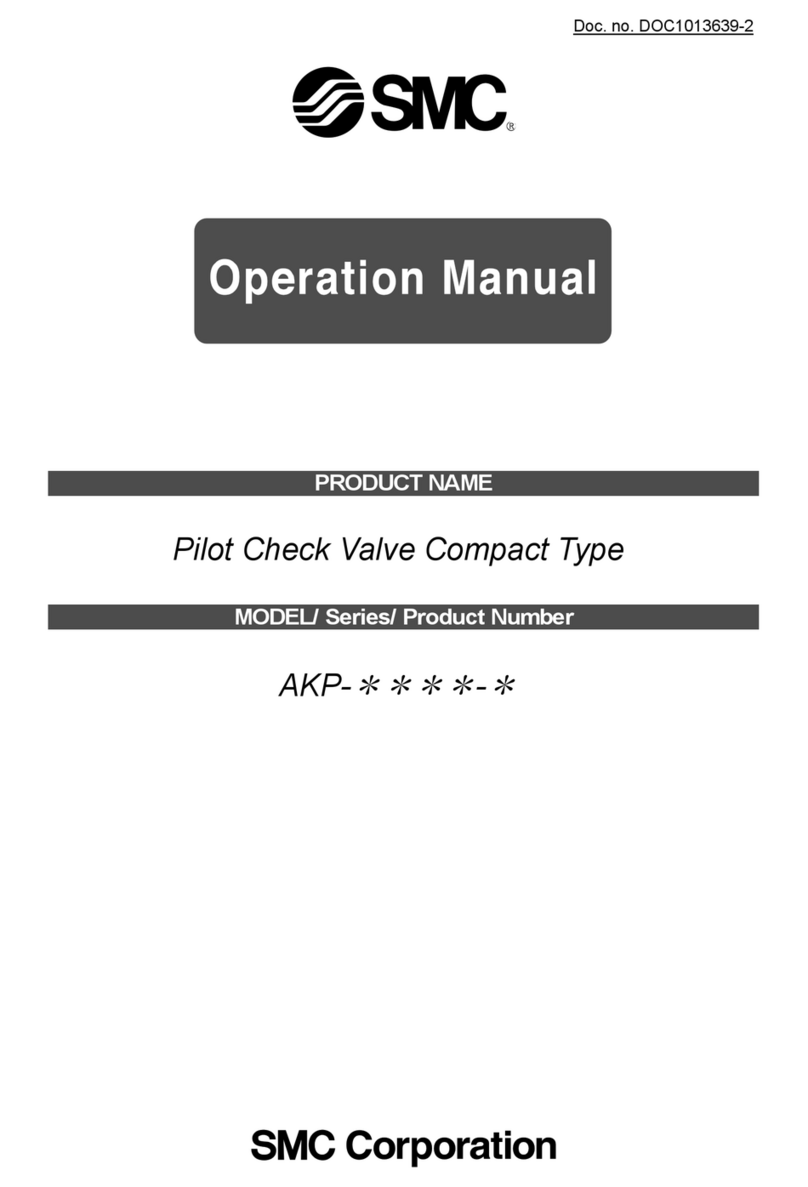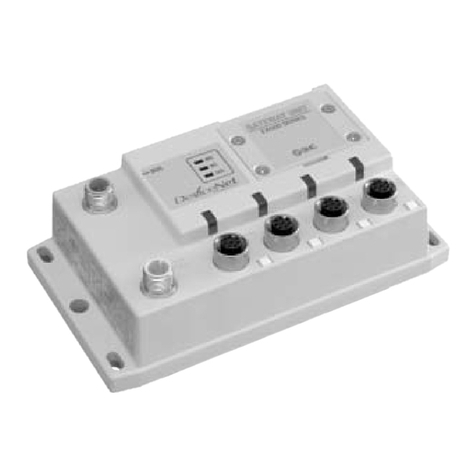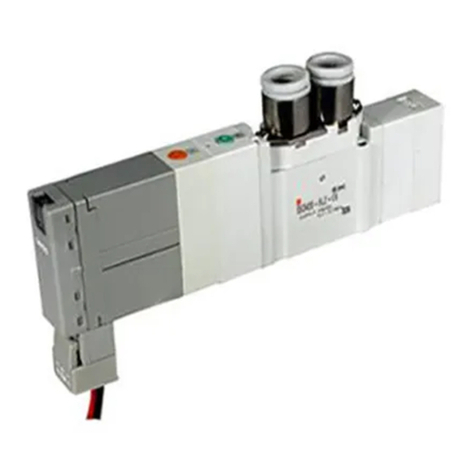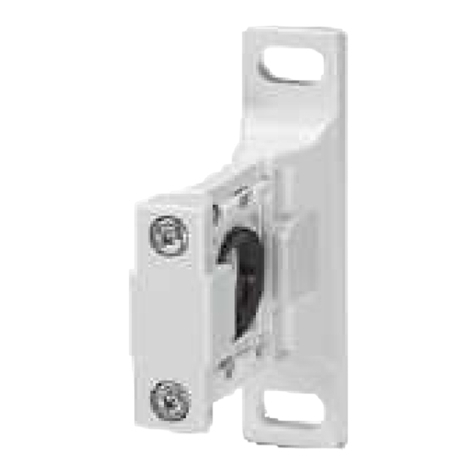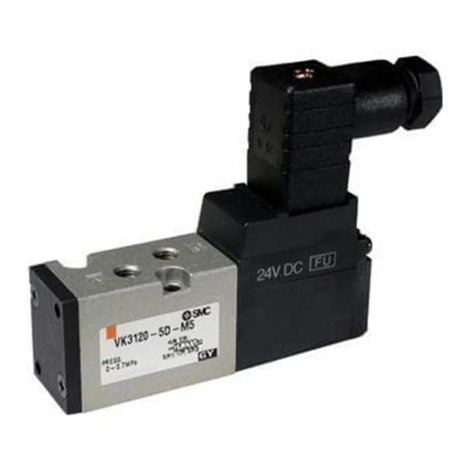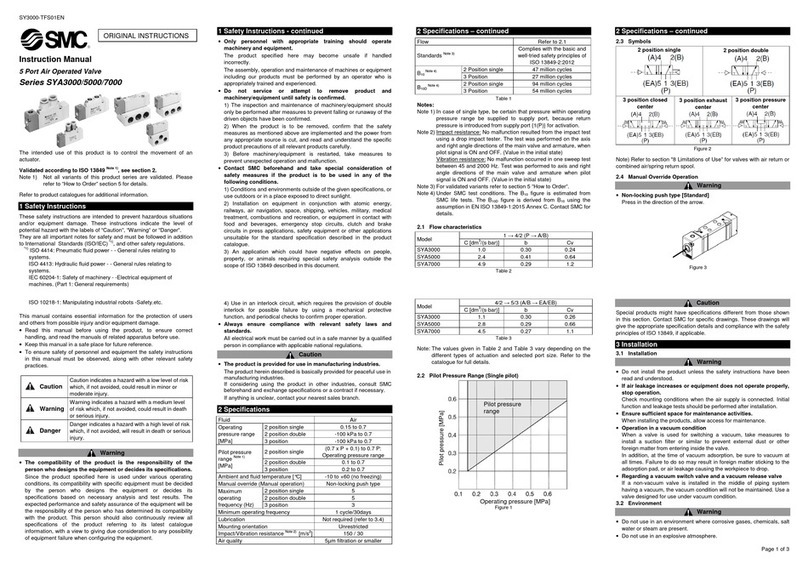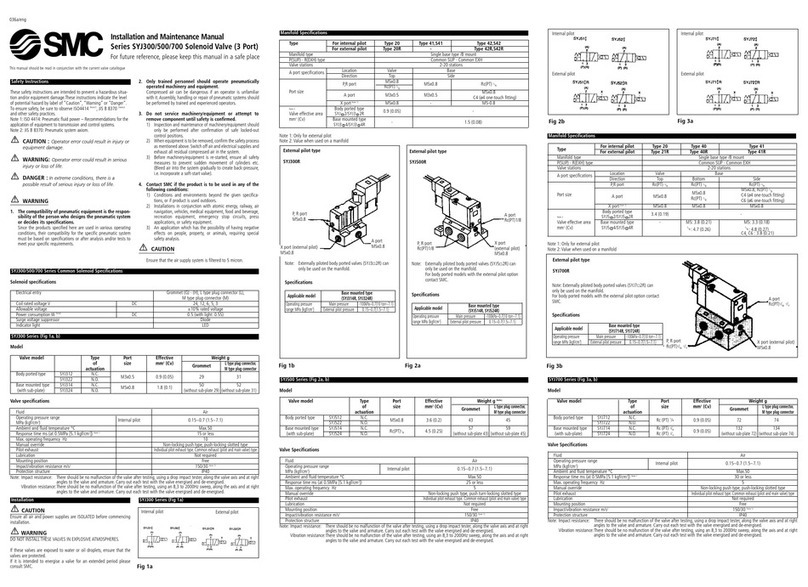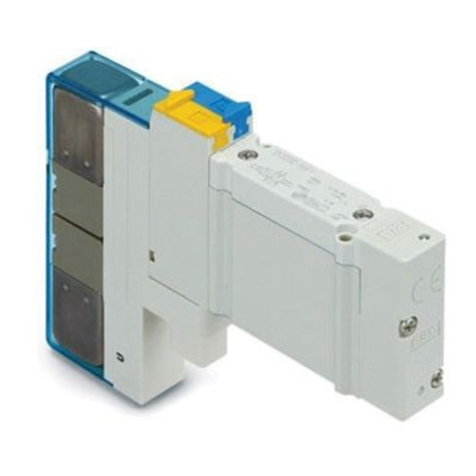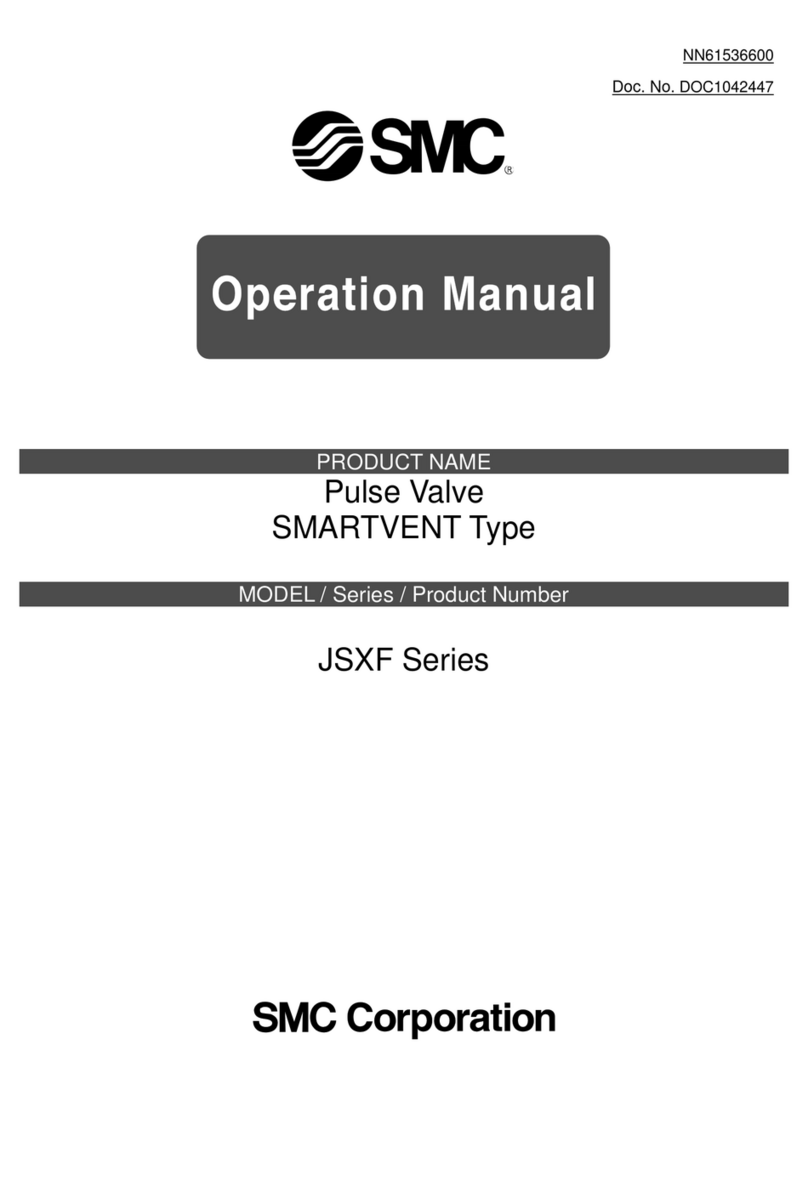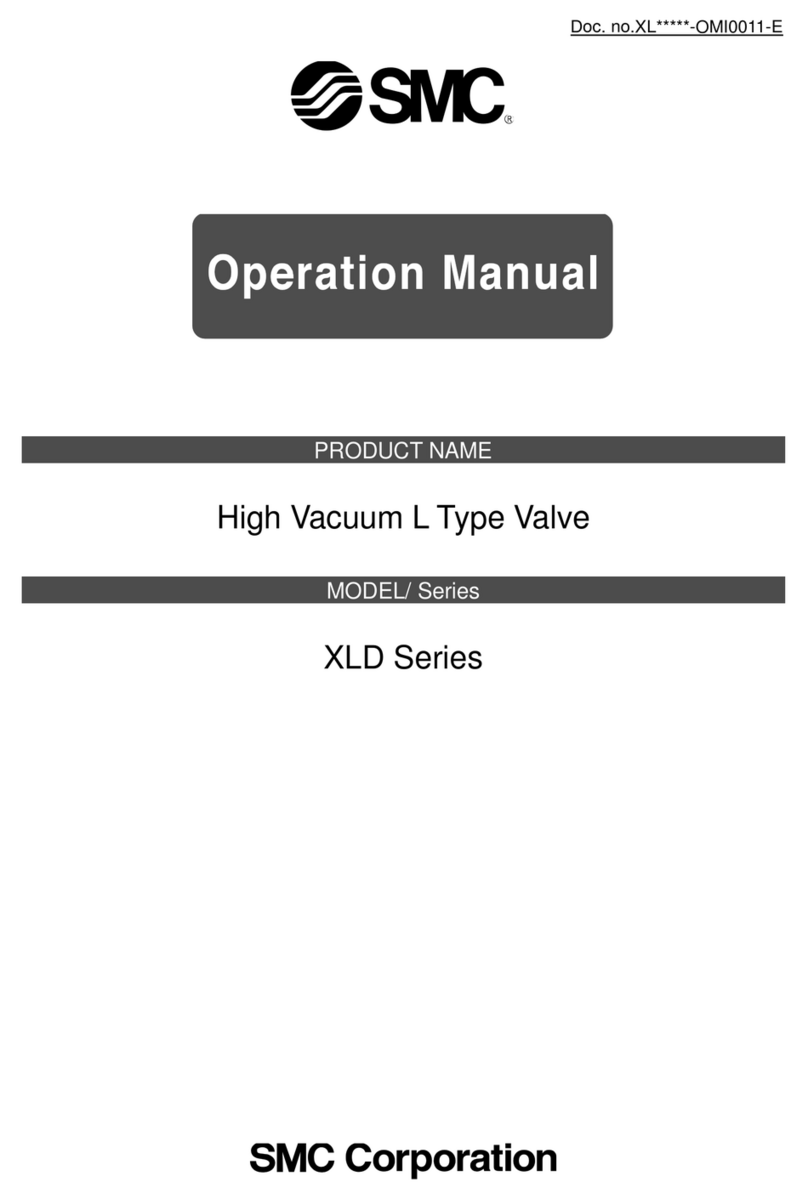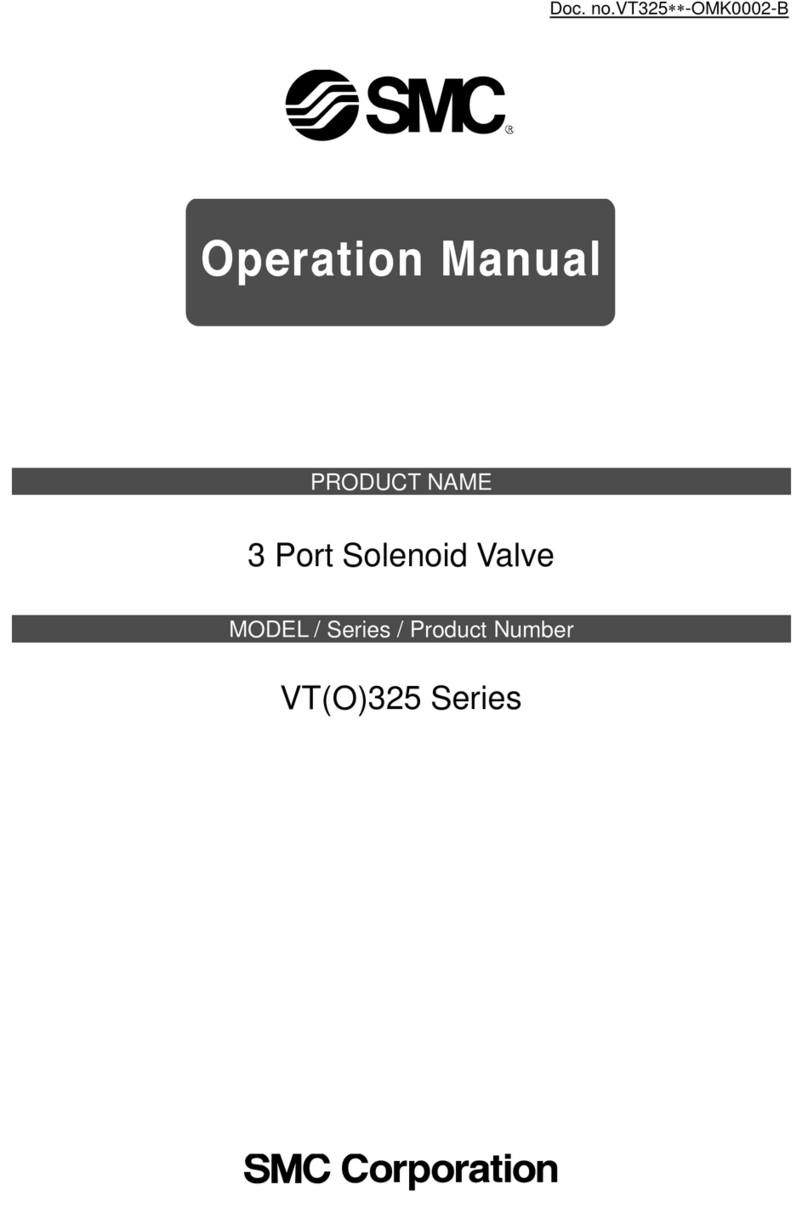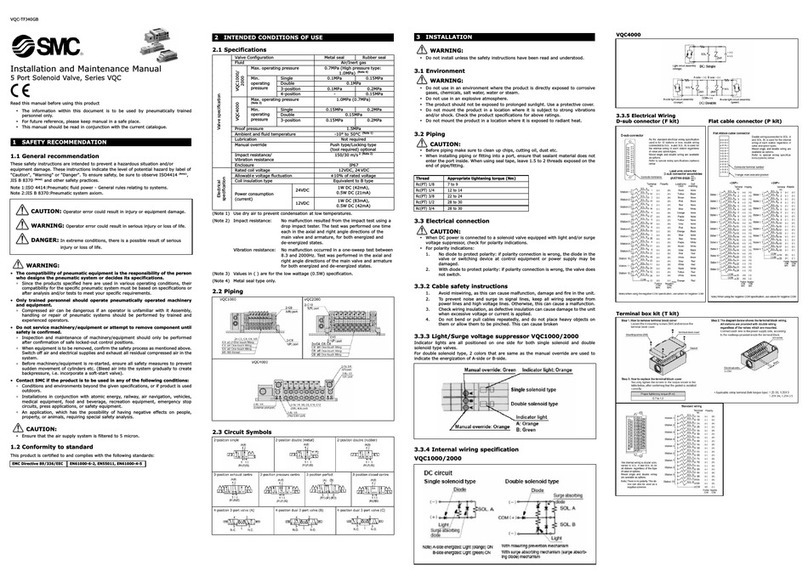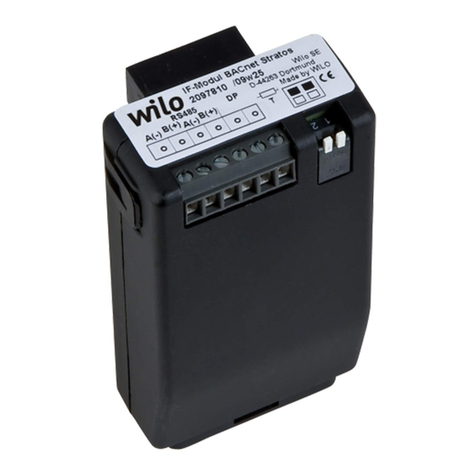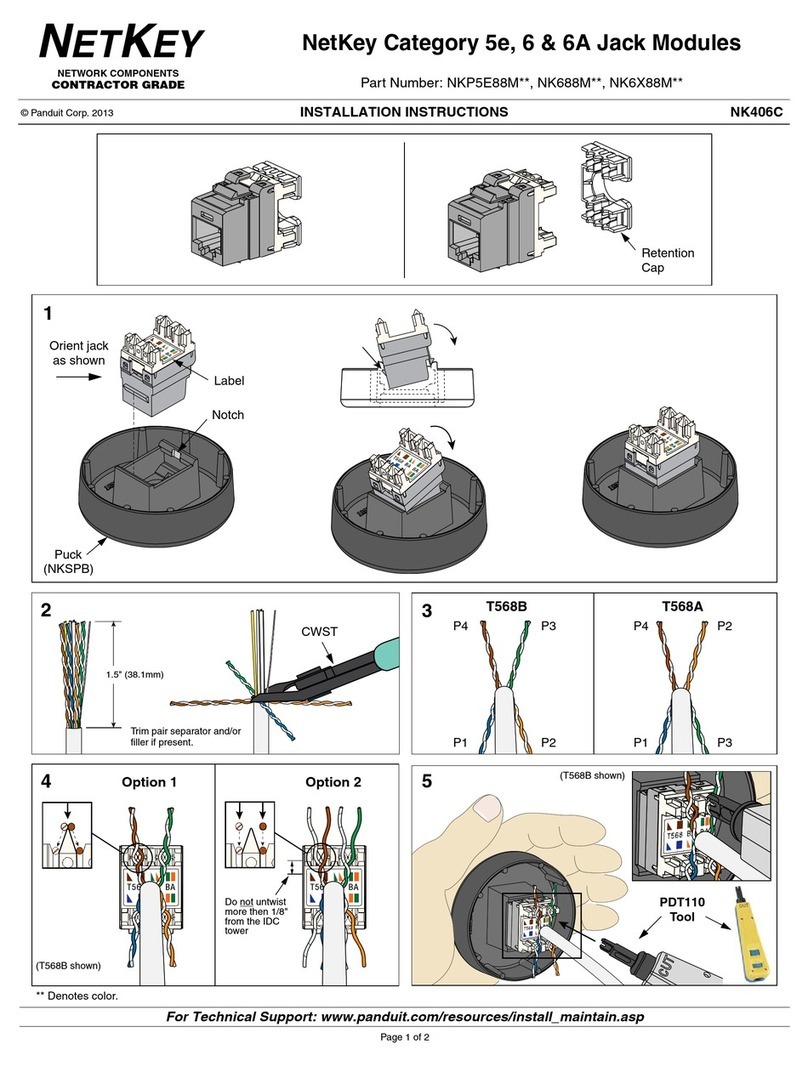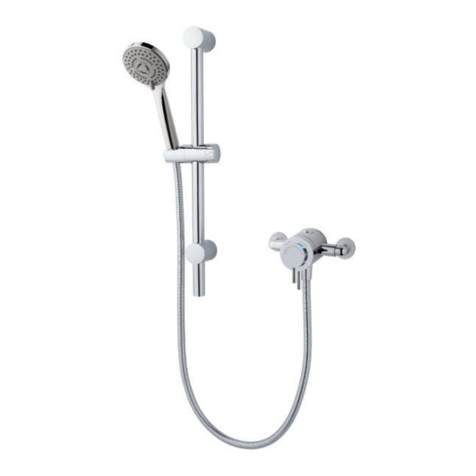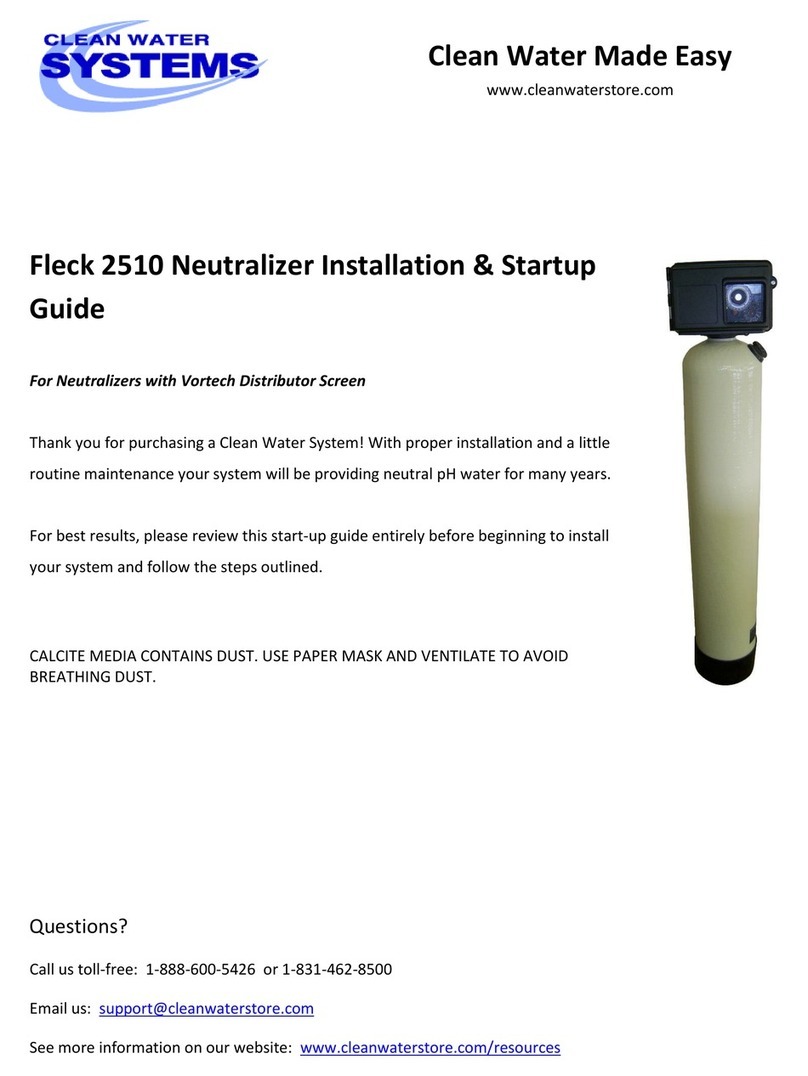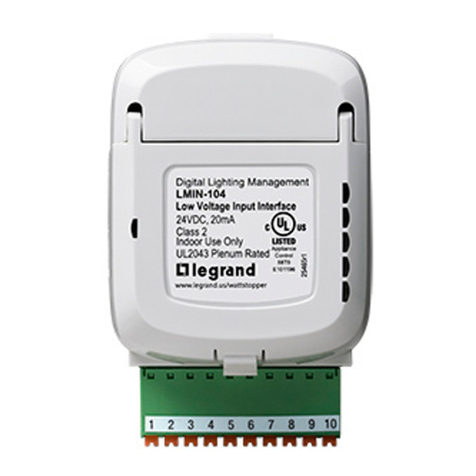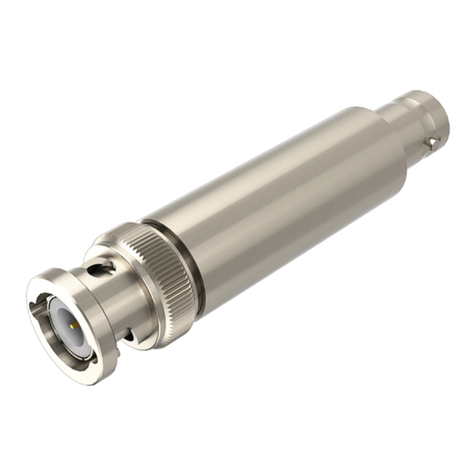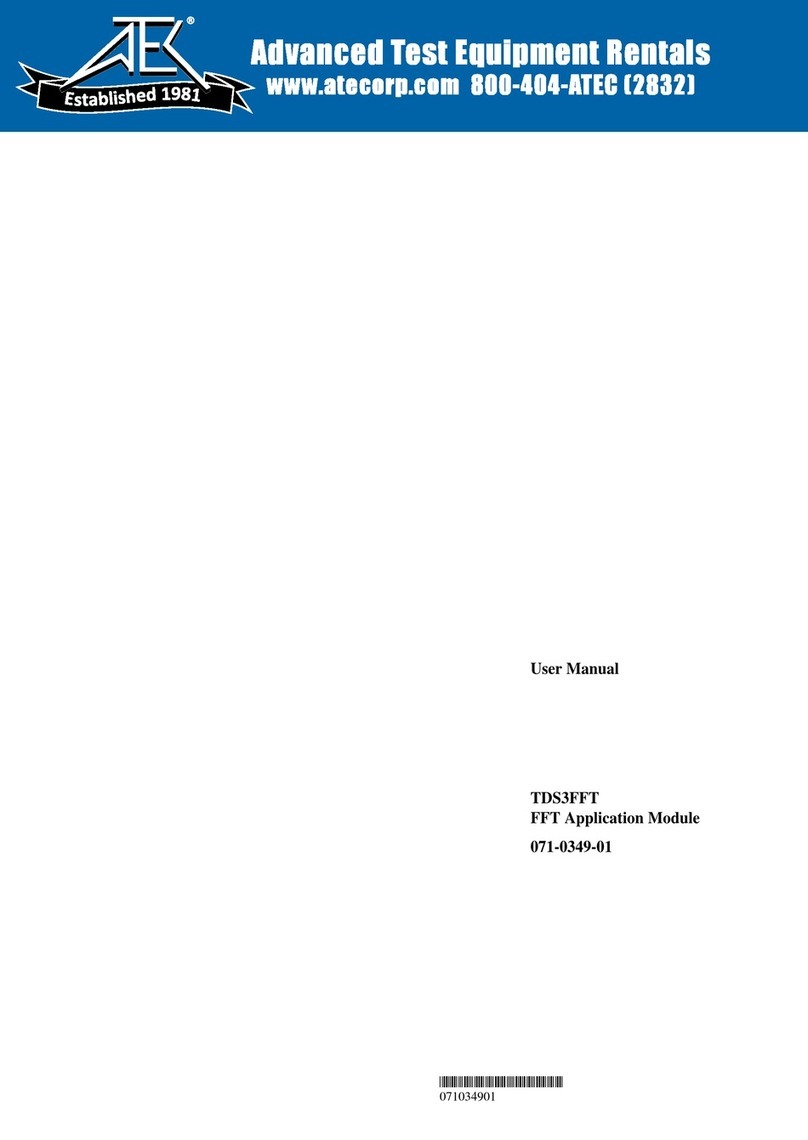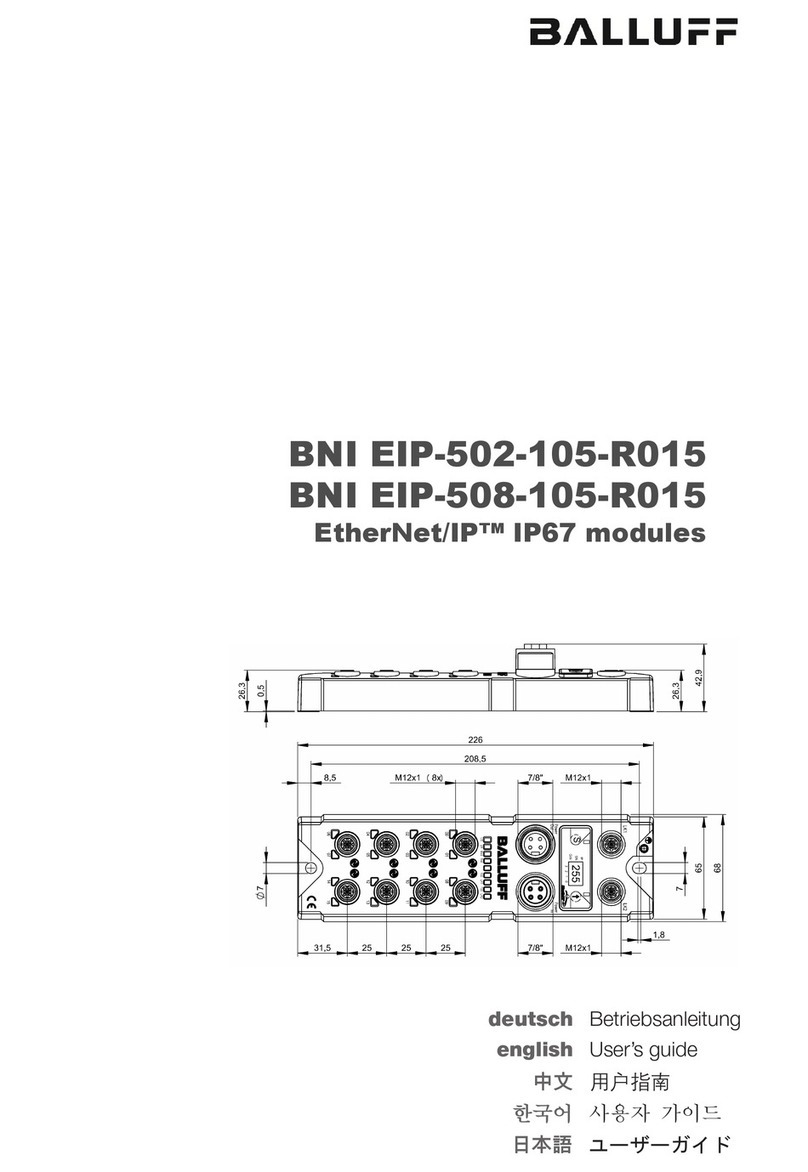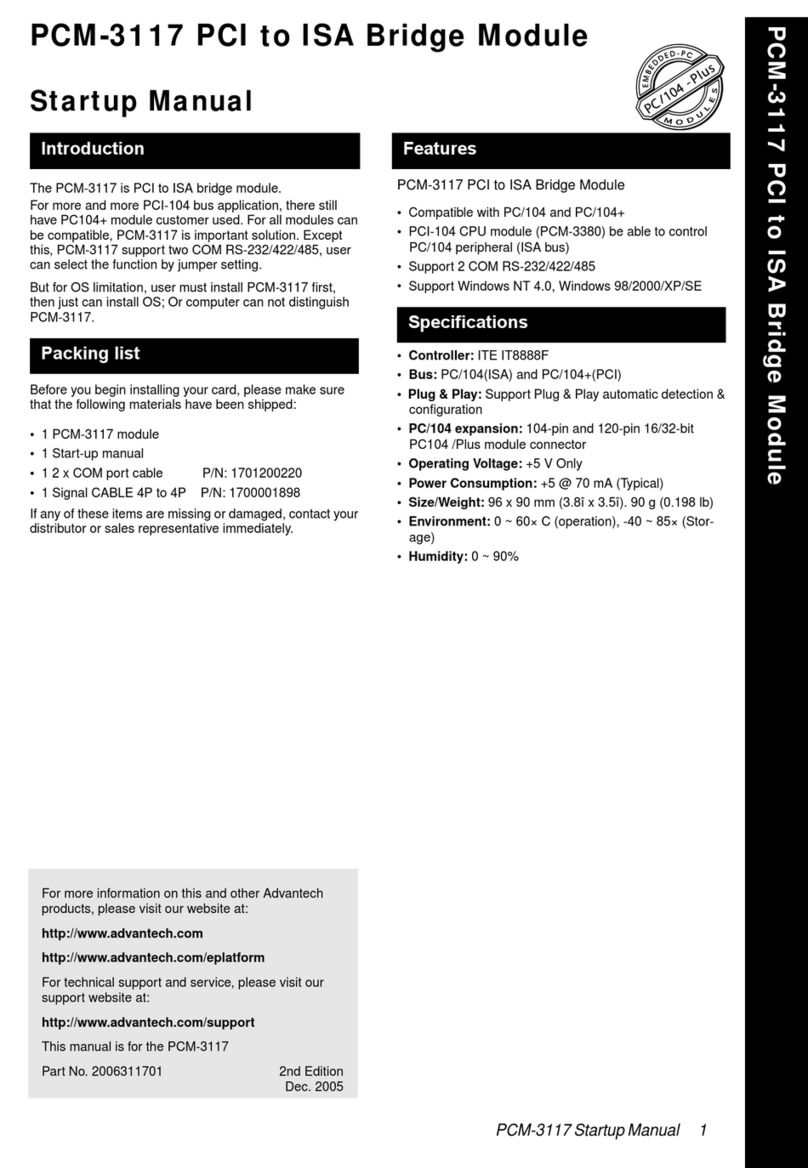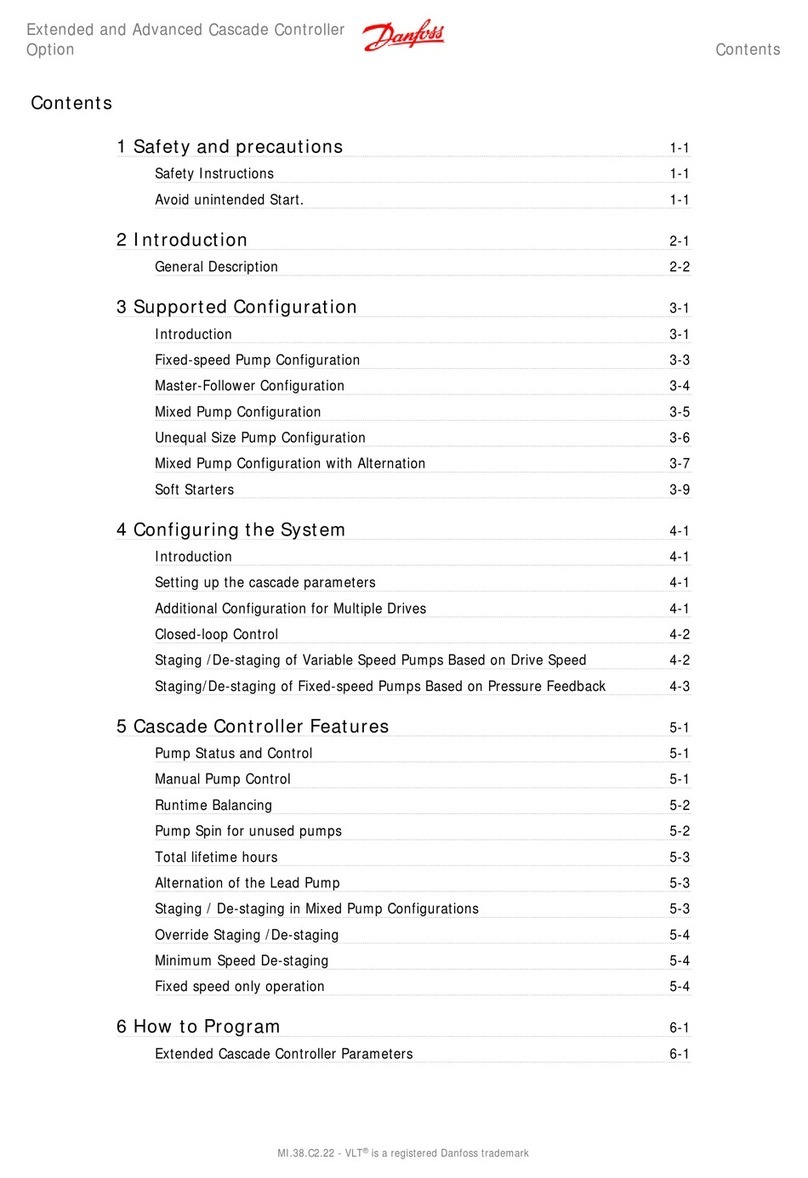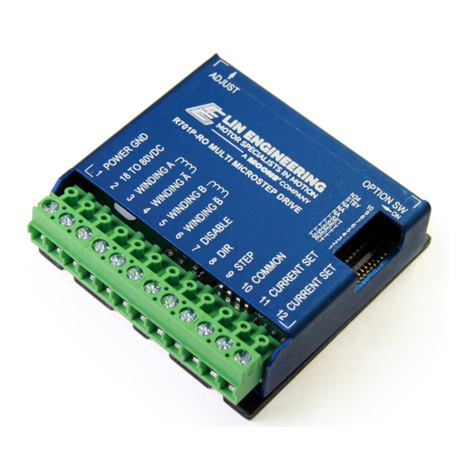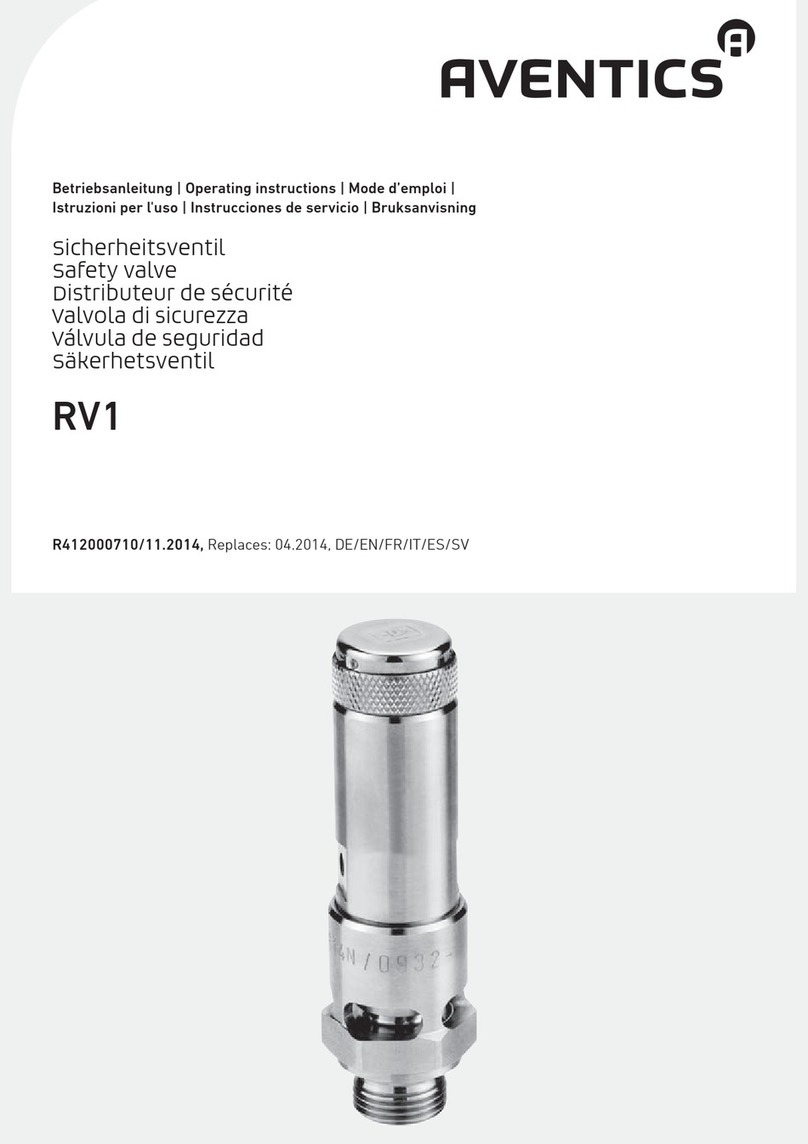
Piping
Warning
1. Piping load and moment
Avoid any torsional or bending moments other than those
caused by the equipment’s own weight as failure to do so may
result in damage.
Support external piping separately.
If moment application is unavoidable during operation, the
moment should be lower than the max. moment shown below.
Piping materials without flexibility, such as steel tube piping,
are prone to being affected by excess moment loads or
vibrations from the piping side. Use flexible tubing in between
to avoid such effects.
Unit: N·m
Applicable
model
VHS20
[AC20]
VHS30
[AC30]
VHS40
[AC40]
VHS40-06
[AC40-06]
VHS50
[AC50/AC60]
Max. moment
(M)14.5 16 19.5 35 45
Max. moment (M) = Length (L) x Load (F)
Load (F)
Length (L)
2. Before piping is connected, the pipes should be
thoroughly blown through with air (flushing) or
washed to remove chips, cutting oil and other
debris from inside.
Should they remain, they could cause a malfunction.
3. When connecting pipes and fittings, etc., be sure
that neither chips from the pipe threads nor sealing
material get inside the valve.
When using sealant tape, leave 1.5 to 2 thread ridges
exposed at the end of the pipe/fitting.
4. Connect piping/fittings using the recommended
torque while holding the female thread side tightly.
Insufficient tightening torque can result in loose piping or
sealing failure. Over tightening may break the thread. If the
female side is not held while tightening, excessive force will be
applied to the bracket directly, resulting in breakage.
Recommended Tightening Torque Unit: N·m
Connection thread
1/8 1/4 3/8 1/2 3/4 1
Torque 7 to 9 12 to 14 22 to 24 28 to 30 28 to 30 36 to 38
Precautions on Design
Warning
1. Do not supply air pressure from ports other than
the 1 (P) port.
The valve will malfunction when air pressure is supplied from
other ports.
2. We recommend using a lock with a shackle
diameter of ø5 or more. If a lock with a shackle
diameter of less than ø5 is to be used, please test it
on the actual machine.
Installation and Adjustment
Caution
1. The valve must be switched to each position
instantly and securely. Stopping the handle
between the extreme positions may cause a
malfunction.
2. Double action type requires two actions (push the
handle and turn it). Confirm that the handle is
pushed properly before turning it. If the handle is
not pushed properly to the end, the internal parts
will be broken by turning the handle.
3. Tighten the 2 holding screws on the spacer with
bracket or spacer evenly.
Tighten them to the recommended tightening torque.
Insufficient tightening torque may result in loosening or sealing
failure. Excessive tightening torque may damage the thread,
etc.
Recommended Tightening Torque Unit: N·m
Applicable
model
VHS20
[AC20]
VHS30
[AC30]
VHS40
[AC40]
VHS40-06
[AC40-06]
VHS50
[AC50/AC60]
Spacer with bracket
part number
Y200T-D Y300T-D Y400T-D Y500T-D Y600T-D
Spacer part number
Y200-D Y300-D Y400-D Y500-D Y600-D
Torque 0.36
±0.036
1.2
±0.05
1.2
±0.05
1.4
±0.05
2.0
±0.1
Holding screw
Spacer with bracket
VHS20/30/40/50-D Series
Specific Product Precautions 1
Be sure to read this before handling the products. Refer to the back cover for safety instructions.
For 3/4/5-port solenoid valve precautions, refer to the “Handling Precautions for SMC Products”
and the “Operation Manual” on the SMC website: https://www.smcworld.com
9

